How emotional disconnection affects motivation to recover
The Hidden Barrier: Emotional Disconnection and Its Impact on Recovery Motivation

Understanding Emotional Disconnection in Recovery
Emotional disconnection, a state characterized by detachment from one's feelings, relationships, and surroundings, can significantly impede the recovery process from trauma, illness, or addiction. This phenomenon often manifests through symptoms like numbness, withdrawal, and difficulty in forming or maintaining meaningful relationships. To comprehend its influence on motivation to recover, it is essential to explore its causes, effects, and the pathways to reconnecting emotionally.
The Neurobiological Underpinnings of Emotional Disconnection
What are the symptoms, causes, and treatment options related to emotional detachment?
Emotional detachment presents through various symptoms such as persistent numbness, social withdrawal, difficulty in forming or maintaining close relationships, and challenges in experiencing or expressing emotions fully. People may feel disconnected from their feelings, which can lead to a sense of emptiness and a diminished capacity for joy or intimacy.
The causes of emotional detachment are multifaceted. Past traumatic experiences, including childhood abuse, neglect, or loss, often play a significant role. Mental health conditions like Post-Traumatic Stress Disorder (PTSD), depression, bipolar disorder, and personality disorders are also associated with emotional disconnection. Additionally, long-term use of certain medications, like antidepressants, can induce numbness. Sometimes, individuals consciously adopt emotional detachment as a coping mechanism to limit overwhelming stress or emotional overload.
Treatment options are available and typically involve working with mental health professionals. Psychotherapeutic approaches such as cognitive-behavioral therapy (CBT) can help individuals better understand and articulate their emotions. Psychodynamic therapy may explore underlying past experiences that contribute to disconnection.
Complementary strategies like mindfulness practices, emotional regulation exercises, and developing coping skills further support recovery. Seeking assistance from mental health providers is crucial, especially when emotional detachment impairs daily functioning or hinders relationships.
Understanding and addressing the neurobiological foundations of emotional disconnection can foster better management of symptoms and a pathway toward emotional reconnection.
The Role of Emotional and Physical Distress in Trauma Responses
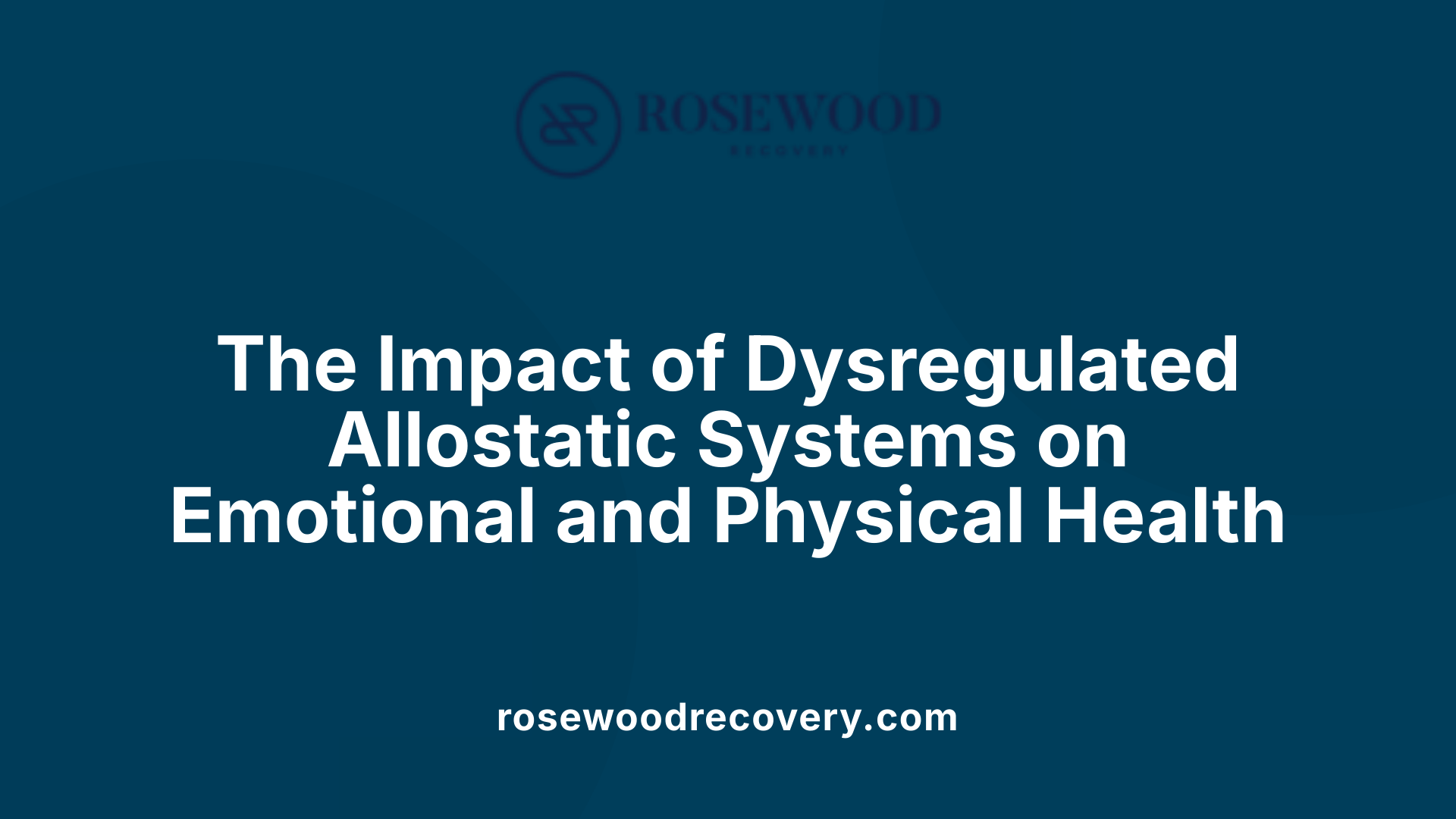
How do shared allostatic foundations affect emotional and physical distress?
Shared allostatic foundations refer to the common neurobiological systems that regulate how we respond to stress, balancing emotional and physical states. When these systems are overwhelmed or dysregulated—due to chronic stress, trauma, or other adverse experiences—they can lead to heightened emotional and physical distress. This distress influences how individuals react to trauma, often making recovery more challenging.
What is the impact of distress on maladaptive trauma responses?
Prolonged or intense distress can promote maladaptive responses to trauma, such as persistent hyperarousal, avoidance, or emotional numbness. These responses may involve nociplastic mechanisms—changes in pain perception without clear tissue damage—that reinforce feelings of fear, pain, and somatic symptoms. Emotional distress can also weaken the immune system and disrupt sleep, further impairing recovery.
How do neuroimmune mechanisms influence mood, pain perception, and behavior?
Trauma triggers complex neuroimmune responses involving neural pathways, immune cells, and inflammatory mediators. These mechanisms influence mood and pain perception, often exacerbating feelings of anxiety, depression, or physical discomfort. Shared neural networks underlie both somatic symptoms and emotional states like anxiety and depression, linking trauma memory and immune modulation to emotional health.
| Aspect | Effect | Underlying Mechanism | Additional Details |
|---|---|---|---|
| Mood | Fluctuations, depression | Neuroimmune activation | Immune mediators affect neurotransmitter systems |
| Pain Perception | Increased pain sensitivity | Nociplastic mechanisms | Altered sensory processing with no tissue damage |
| Behavior | Withdrawal, risk-taking | Neural network responses | Emotional and immune responses influence actions |
Understanding these interconnected systems underscores why trauma recovery requires addressing both psychological awareness and neuroimmune health, fostering resilience and adaptive coping strategies.
Positive Emotions and Risk-Taking as Drivers of Recovery

How does emotional attachment or disconnection play a role in recovery processes?
Emotional attachment significantly influences recovery by providing a foundation of trust and safety that motivates individuals to engage with therapeutic processes and build resilience. Secure bonds with supportive people or through therapy help foster a sense of connection, which boosts motivation and reduces feelings of isolation.
On the other hand, emotional disconnection can pose barriers to recovery. When individuals feel detached from their feelings or others, it may lead to increased emotional distress and maladaptive coping methods such as substance misuse. Disconnection can impair emotional regulation, making it more difficult to process trauma or navigate the challenges of recovery.
Building healthy emotional relationships is crucial. Therapy, social support networks, and nurturing stable relationships can create opportunities for individuals to feel understood and accepted. This sense of connection promotes healing, reduces vulnerability to relapse, and supports sustained recovery.
In essence, fostering secure emotional bonds and addressing disconnection are vital components of trauma recovery and addiction treatment. These connections empower individuals to overcome barriers, improve emotional regulation, and develop resilience in the long term.
Trauma Responses and the Influence of Neuroimmune Mechanisms
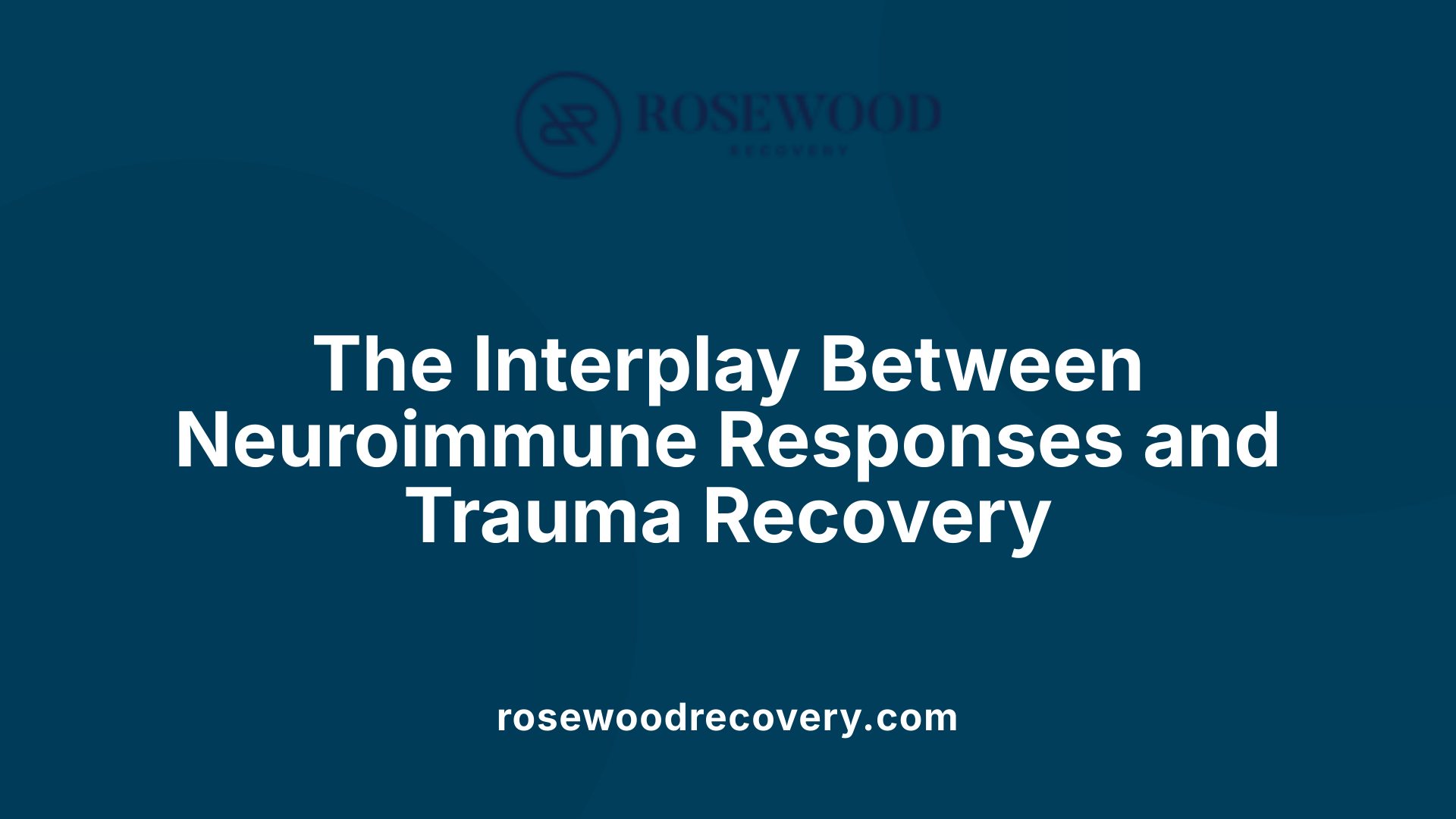
How does emotional disconnection influence motivation to recover from trauma or illness?
Emotional disconnection plays a significant role in shaping a person's motivation to recover from trauma or illness. When individuals experience numbness or detachment from their feelings, relationships, or even themselves, it often leads to a decreased willingness or ability to engage actively in the healing process.
This disconnection can impair emotional engagement, which is crucial for resilience and a sense of purpose. Without a connection to their emotional states, individuals may feel isolated and hopeless, making it harder to find motivation to seek help or participate in therapeutic activities.
Moreover, emotional numbness can act as a protective mechanism, shielding individuals from overwhelming feelings but at the cost of dampening their drive for recovery. Recognizing and addressing this disconnection through interventions such as mindfulness practices, trauma-informed therapy, and self-compassion exercises can help reconnect individuals with their emotions.
Restoring emotional engagement boosts resilience and fosters internal motivation, which are vital for sustained healing. Therefore, overcoming emotional numbness not only facilitates emotional recovery but also encourages proactive efforts to manage trauma or health challenges effectively.
This process underscores the importance of a holistic approach, integrating understanding of neuroimmune responses that influence mood, pain perception, and emotional regulation, ultimately guiding individuals toward more adaptive recovery pathways.
Persistent Somatic Symptoms and the Role of Nociplastic Mechanisms
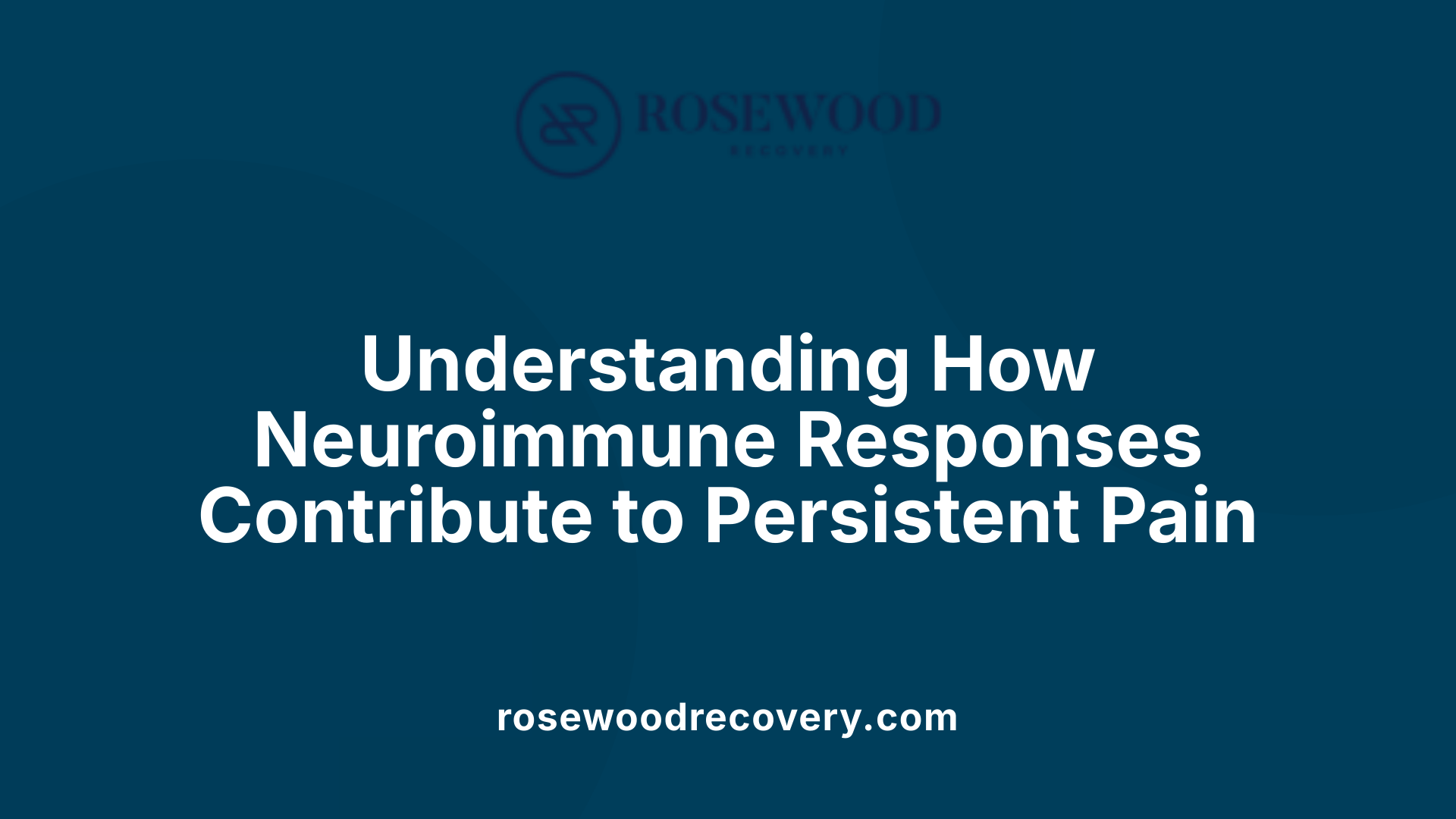
What does research say about the impact of emotional disconnection on motivation to recover?
Research shows that emotional disconnection can significantly reduce motivation to recover from trauma and health issues. When individuals feel detached from their emotions and relationships, it becomes harder to engage actively in therapeutic processes or seek social support.
This disconnection impairs social bonds and increases stress, which hampers neuroplasticity—the brain's ability to adapt and heal. Without meaningful connections, the brain's ability to rewire itself and recover diminishes, prolonging symptoms and emotional numbness.
Neuroscience highlights that unmet social and emotional needs are linked to greater vulnerability to addiction and maladaptive behaviors, emphasizing the importance of social bonding for recovery.
Environments fostering support and positive social interactions serve as protective factors. They help regulate stress hormones like cortisol, improve mood, and motivate individuals to pursue healing.
Conversely, social stigma, isolation, and criminalization deepen disconnection, intensifying feelings of shame and hopelessness. This can discourage individuals from engaging in recovery efforts.
Promoting emotional reconnection and social inclusion, therefore, plays a critical role in motivating recovery, enabling individuals to regain trust, resilience, and hope. Creating opportunities for positive social engagement can markedly enhance recovery outcomes.
How do trauma, emotional distress, and neuroimmune mechanisms influence somatic symptoms?
Trauma and emotional distress activate neuroimmune responses that influence mood, pain perception, and behavior. These responses often involve complex neuroimmune pathways that can amplify physical sensations of pain and discomfort.
In fearful environments, maladaptive pain and somatisation may persist through nociplastic mechanisms—altered neural processing pathways that make the brain perceive pain without clear tissue damage.
Persistent stress and trauma can reinforce these nociplastic pathways, leading to chronic pain states and somatic symptoms that are difficult to distinguish from physical injuries.
Shared neural networks underlie both distressing somatic symptoms and emotional states such as anxiety and depression. These networks can be influenced by trauma memories and ongoing neuroimmune responses, creating a cycle of emotional and physical symptoms.
Understanding these mechanisms helps explain why some individuals experience persistent pain and somatisation even after injury has healed or in the absence of clear pathology. Addressing these neuroimmune pathways can be crucial for effective treatment.
How do sensorimotor pathways involved in trauma responses influence recovery?
Sensorimotor pathways play a vital role in trauma responses by connecting emotional states with physical sensations and movement. Trauma-related neuroimmune mechanisms can disrupt these pathways, contributing to ongoing pain, tension, and physical dysregulation.
In trauma recovery, re-establishing normal sensorimotor function helps reduce hyperarousal and emotional numbness. Techniques that target these pathways, like somatic therapies, movement, and mindfulness, can facilitate healing.
Improving sensorimotor regulation supports emotional awareness and resilience. This, in turn, enhances the individual’s capacity to process and integrate traumatic memories, promoting physical and emotional recovery.
Overall, recognizing the interaction between neuroimmune responses and sensorimotor pathways offers a comprehensive approach to understanding and treating trauma-related somatic symptoms.
Emotional Numbness: A Barrier and a Sign of Underlying Issues
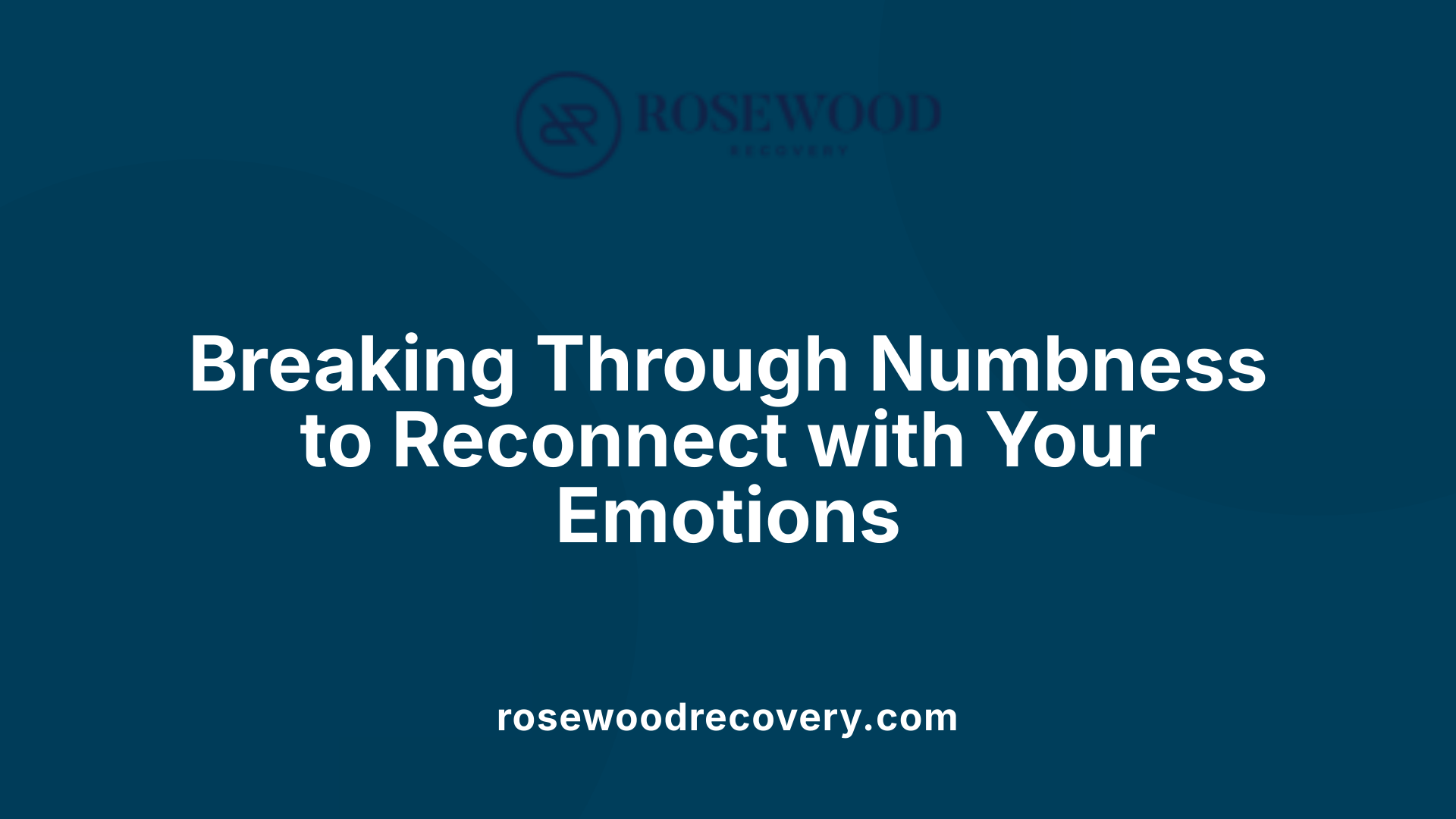
What are the symptoms, causes, and treatment options related to emotional detachment?
Emotional detachment, often called emotional numbness, manifests through distinct signs such as a persistent feeling of detachment, difficulty experiencing joy, or engaging meaningfully with others. Individuals may feel like they are merely going through the motions of life, unable to connect deeply with their feelings or relationships. They might also experience a general sense of apathy and struggle with emotional expression.
The causes of emotional numbness are multifaceted. Past traumatic experiences—such as childhood abuse, neglect, or significant loss—can lead to protective emotional responses. Mental health conditions like PTSD, depression, and personality disorders are commonly linked to emotional detachment. Additionally, long-term medication use, especially antidepressants or SSRIs, can dampen emotional responsiveness. Sometimes, emotional numbness serves as a deliberate coping strategy to manage overwhelming stress or emotional overload.
Treatment options revolve around psychotherapy techniques like cognitive-behavioral therapy (CBT), which helps individuals understand and process their emotions better. Psychodynamic therapy can reveal underlying trauma contributing to numbness. Complementary approaches include mindfulness practices, emotional regulation exercises, and developing healthy coping mechanisms. Engaging with mental health professionals is critical, especially when emotional detachment begins to affect daily functioning, relationships, or overall well-being.
Addressing emotional numbness is essential for those in recovery from trauma or mental health struggles. Through targeted therapy and support, individuals can learn to reconnect with their feelings, fostering better emotional health and richer relationships.
Strategies to Reconnect with Emotions and Build Resilience
What are practical strategies to reconnect with emotions?
Reconnecting with emotions is a vital step in trauma recovery and emotional health. Practical approaches include engaging in mindfulness practices like meditation and deep breathing exercises. These techniques help you stay present and become aware of your feelings without judgment, creating a safe space for emotional exploration.
Journaling is another effective tool. By writing down thoughts and feelings, individuals can clarify emotions, identify patterns, and process experiences more deeply. Creative activities such as drawing, painting, music, dancing, or other forms of art can also evoke feelings and provide avenues for emotional expression that words may not capture.
Physical movement, including yoga, walking, or other forms of gentle exercise, supports a strong connection between the body and mind. Movement helps release tension and enhances emotional regulation through sensory engagement.
Building emotional resilience involves self-compassion—treating oneself kindly during difficult times—and strengthening support networks. Sharing vulnerability with trusted friends, family, or support groups fosters safety and encourages emotional openness.
These strategies collectively help individuals move past feelings of numbness or disconnection. They promote a richer, more engaged emotional life, crucial for healing from trauma or emotional detachment.
Building Emotional Resilience and Long-Term Recovery
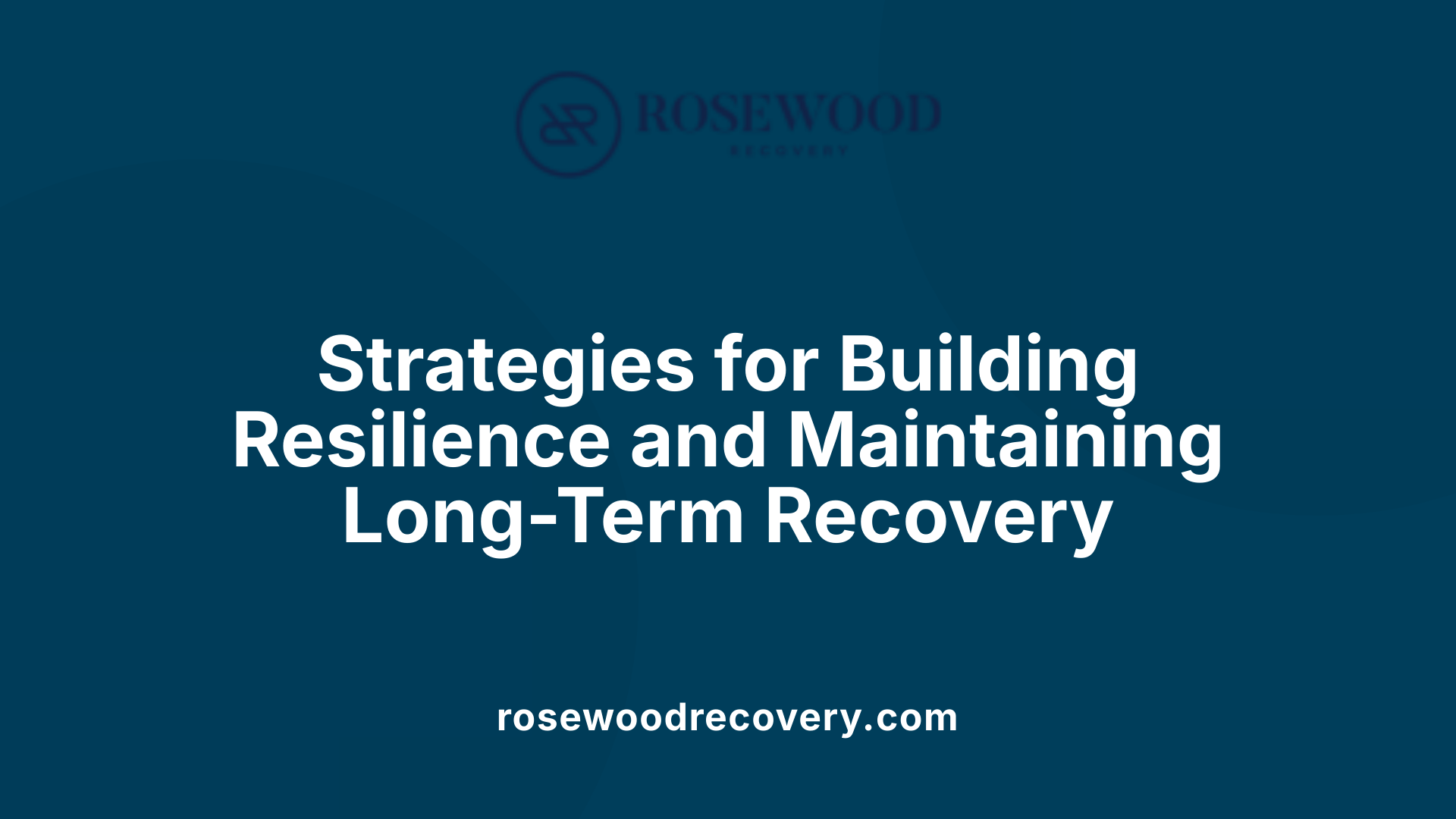
How does emotional disconnection influence motivation to recover from trauma or illness?
Emotional disconnection, such as numbness or detachment, plays a significant role in reducing motivation during recovery from trauma or illness. When individuals experience feelings of emotional numbness, they often struggle to engage fully with the recovery process because they feel disconnected from their emotions, relationships, and sense of purpose. This disconnection can lead to heightened feelings of isolation and hopelessness, making it challenging to find meaning or motivation to engage in therapeutic activities.
Such emotional detachment acts as a protective mechanism, but it can also hinder proactive efforts essential for healing. People may avoid confronting their trauma or neglect self-care because they feel unconnected or indifferent to their internal states.
Reconnecting with emotions through mindfulness practices, therapy, expressive arts, and self-compassion can help restore emotional engagement and resilience. This renewed emotional connection often boosts motivation by instilling a sense of purpose and hope, essential for sustained recovery.
Building resilience isn’t just about physical healing—it also involves strengthening emotional and psychological resources. When individuals can effectively manage their emotional responses and foster an internal sense of safety and worth, they are better equipped to face ongoing challenges.
Fostering support networks, setting achievable goals, and embracing vulnerability are all crucial strategy components in this process. Supportive relationships provide validation and encouragement, reinforcing the individual’s journey toward emotional reintegration.
Embracing vulnerability, despite its challenges, allows individuals to authentically engage with their feelings and experiences, facilitating deeper healing. Overall, overcoming emotional disconnection is vital to rekindle the internal drive necessary for long-term recovery and a more fulfilling, connected life.
Bridging the Gap to Healing
The journey to recovery is profoundly influenced by our ability to connect with our emotions and build meaningful bonds. Emotional disconnection can act as a barrier, diminishing motivation and resilience. However, through targeted therapies, mindfulness, social support, and self-compassion, individuals can overcome numbness and foster emotional engagement. Recognizing and addressing the roots of disconnection is essential for long-term healing and a richer, more connected life. Emphasizing the importance of emotional reconnection not only enhances recovery outcomes but also promotes overall well-being, resilience, and a sense of purpose.
References
- Injury, illness, and emotion: A review of the motivational ...
- Understanding Emotional Numbness in Recovery
- Benefits of Psychological Detachment From Work
- Emotional detachment: Symptoms, causes, and treatment
- Understanding Emotional Disconnection & Mental Health Impact
- How to emotionally detach from someone
- Attachment Styles' Impact on Addiction | Grand Falls
- Attachment and Substance Use Disorders—Theoretical ...
- Attachment in Recovery
- The Importance of Emotional Connection in Addiction ...
More Articles
Recovery Begins Here
Click below to get in touch and schedule a consult call with our team to begin your journey towards happiness and freedom.
Rosewood Recovery does not discrimate against any person because of the race, color, religious creed, ancestry, age, sex, sexual orientation, gender identity, national origin, handicap or disability or the use of a guide or support animal because of the blindness, deafness or physical handicap.



.jpeg)

